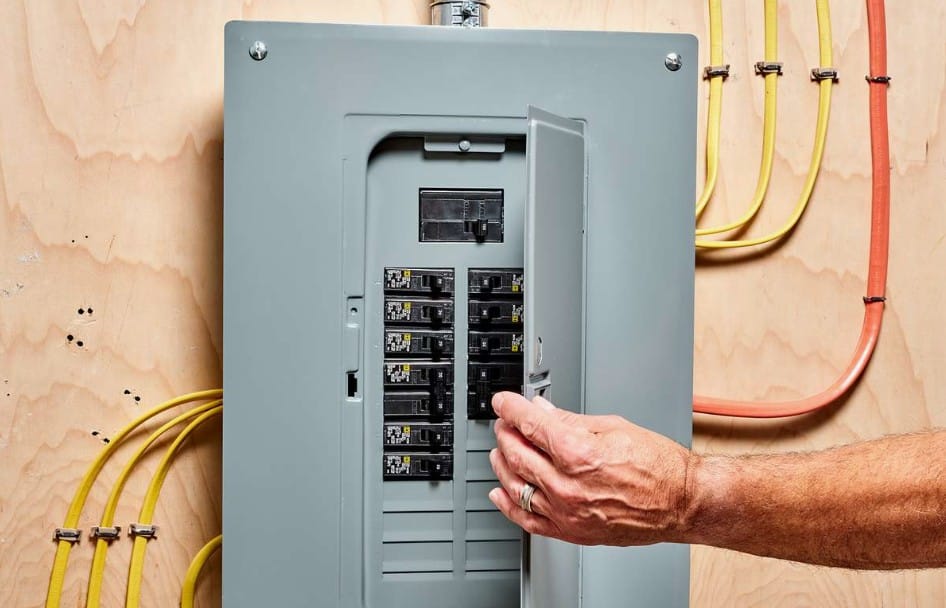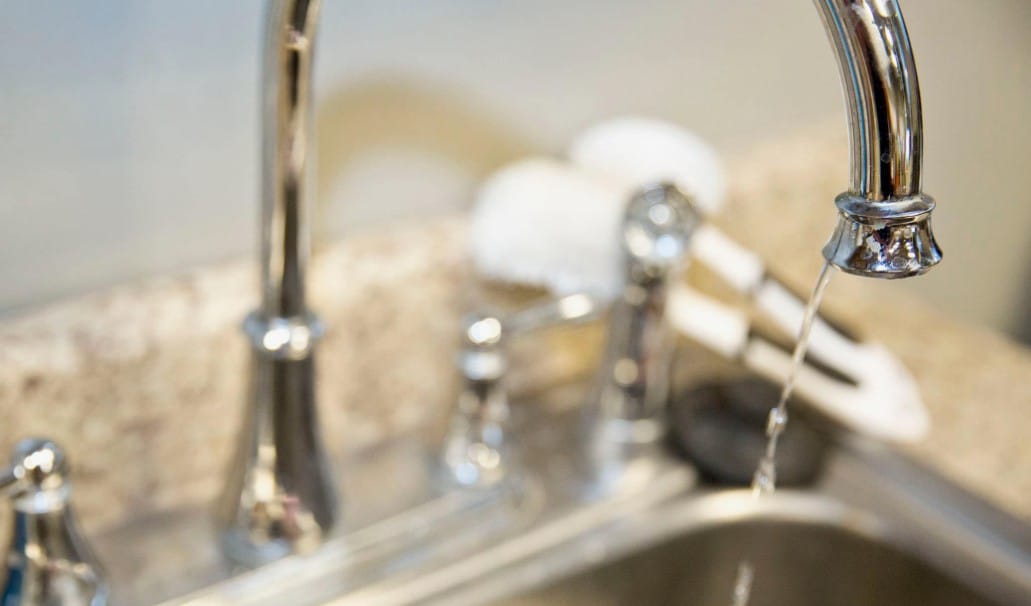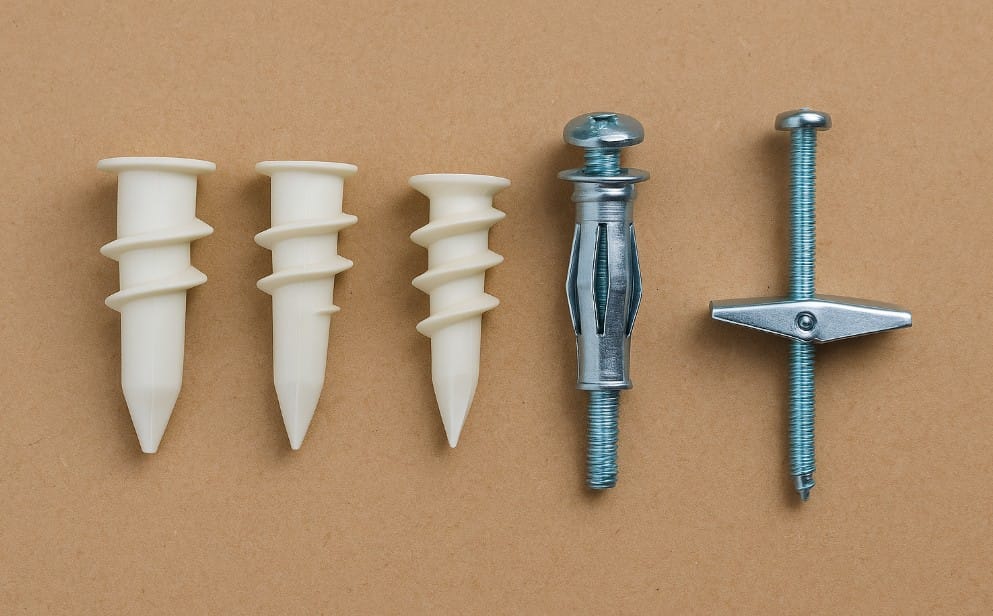How to Fix a Leaky Faucet in St. Louis’s Humid Climate
A leaky faucet may seem like a minor annoyance, but in St. Louis’s humid climate, it can quickly turn into a bigger issue. Extra moisture in the air speeds up rust, corrosion, and mold growth, making faucet leaks more than just a drip, they can damage cabinets, waste water, and raise utility bills. The good news? Most faucet leaks are fixable with simple tools and a little DIY effort.
Why Faucet Leaks Are Worse in St. Louis’s Humidity
In St. Louis’s humid climate, faucet leaks can quickly turn into bigger problems. The constant moisture accelerates rust and mineral buildup, which wears down washers, seals, and other metal components.
At the same time, persistent leaks create damp areas under sinks, making the perfect environment for mold and mildew to grow. On top of that, even a slow drip can waste hundreds of gallons of water every month, driving up utility bills. That’s why it’s so important for St. Louis homeowners to fix faucet leaks as soon as possible, before they cause costly damage.
Step-by-Step Guide to Fix a Leaky Faucet
1. Identify Your Faucet Type
The first step is knowing whether you have:
- Compression faucets (two handles, hot & cold)
- Cartridge faucets
- Ball faucets
- Ceramic disk faucets
Each type has slightly different repair needs.
2. Shut Off Water Supply
Look under your sink for the shutoff valves. Turn them clockwise to stop water flow. In humid homes, these valves may stick, use a wrench if needed, but avoid over torquing.
3. Disassemble the Faucet
- Use a screwdriver or Allen wrench to remove the handle.
- Keep parts organized, a small tray works well.
- In St. Louis’s climate, you may notice greenish corrosion on parts. Soak them in vinegar to loosen deposits.
4. Inspect and Replace Worn Parts
The most common culprits of a leaky faucet are:
- Worn O-rings
- Cracked washers
- Corroded cartridges
Take the old part to a hardware store in St. Louis to find an exact match. Always use plumber’s grease on new parts to extend life in humid conditions.
Reassemble and Test
Put everything back in reverse order. Turn the water supply back on slowly and test the faucet. If dripping continues, double-check that the new part fits snugly.
Preventing Future Faucet Leaks in St. Louis
- Clean Aerators Monthly, Mineral buildup is common due to the city’s water supply.
- Run a Dehumidifier, Keeps under-sink areas drier, reducing corrosion and mold.
- Check Annually, Inspect washers, cartridges, and hoses every year to prevent surprises.
When to Call a Professional Plumber in St. Louis
If your faucet is still leaking after DIY fixes, or if you notice water damage, rusted pipes, or mold growth, it’s best to call a licensed plumber in St. Louis, MO. They can spot deeper issues linked to the city’s humid climate and older plumbing systems.
Fixing a leaky faucet in St. Louis’s humid climate doesn’t just save water, it protects your home from mold, rust, and costly repairs. With basic tools and replacement parts, most homeowners can handle it themselves. And when the leak is too stubborn, local St. Louis plumbing experts are ready to help.





